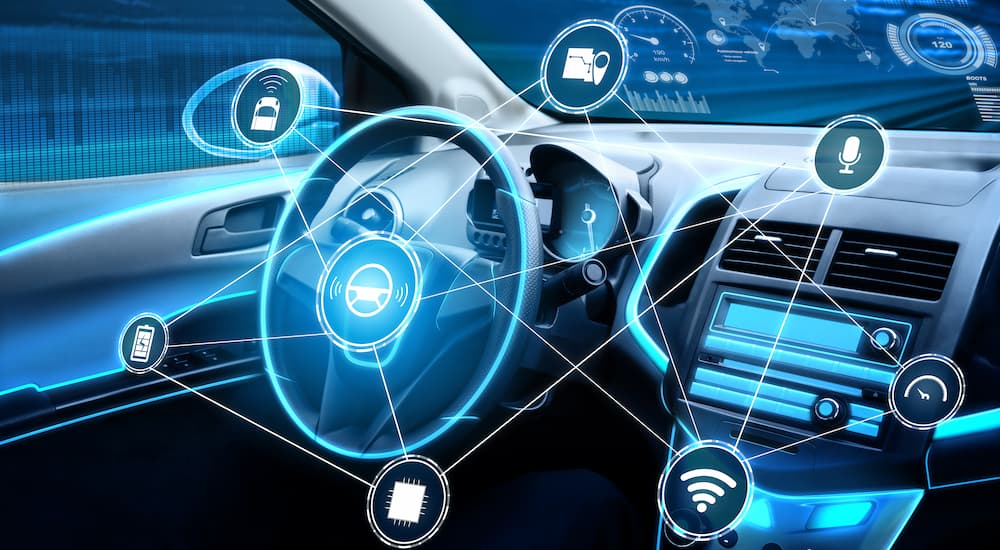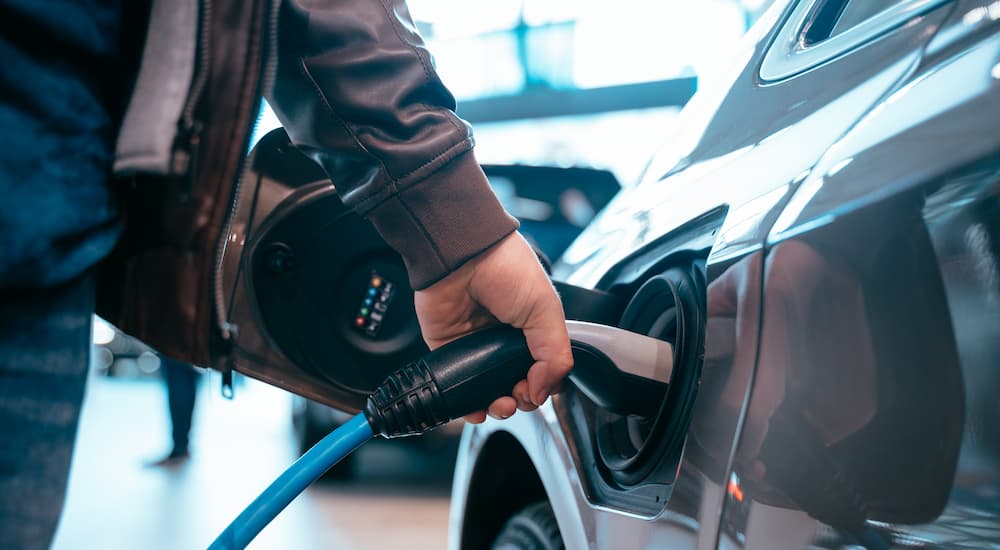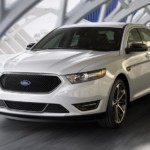There’s no denying that Tesla is one of the biggest names in the auto industry these days––it has been a huge factor in pushing forward changes and improvements to Battery Electric Vehicles (BEVs) across the industry. Tesla’s vehicles are some of the hottest and most sought-after cars around, but they can be too pricey for many car buyers and have month-long waiting lists. This makes them a particularly hot commodity on the used car market, which gives us access to a fancy Tesla without paying the full price of a new one or possibly waiting for the better part of a year.
If you’re looking to buy a used Tesla, however, I would advise a great deal of caution and plenty of research before making a decision. Not only do you need to consider all the usual factors with a used car, like changes from one model year to the next, but with how much Tesla likes to manipulate the software in its vehicles, you could be in for some nasty surprises you haven’t even considered. Plenty of people buy used Teslas and enjoy driving them for years without any problems, but be cautious and make sure you know what you’re getting into.
Tesla’s Software Manipulation
The main reason I advise caution before investing in a Tesla––in general, honestly, but certainly for used-car shoppers––is because of the ways that Tesla has been messing with the cars’ software. Tesla proudly advertises the effectiveness of its Over-the-Air (OTA) updates, allowing it to update software in vehicles without the owner doing anything. Rather than having to take your vehicle to a shop, wait around and waste half your Saturday, Tesla can push out an update wirelessly while you sleep, so you wake up to a vehicle that runs better than ever or has some nifty new features. Sounds great, right?
Well, yes, but actually, no. I have no problem with using these kinds of updates to fix problems in a way that’s quick, simple, and hassle-free for drivers. My issue is that Tesla wants to do this without transparency. Elon Musk has been critical of the use of the word “recall” when Tesla uses a software update to fix a problem––he’s argued that it evokes an image of a physical recall in the minds of drivers. I think drivers are smart enough to understand that modern recalls can be carried out through a software update if that’s the best way to do it.
The bigger issue, however, is that Tesla can use these OTA updates to make changes to software in essentially any way they want. This can be advantageous for drivers, sure, but it can also be incredibly negative. I’m not just running with a worst-case scenario either. Last year, Tesla paid $1.5 million to settle a lawsuit brought against it by drivers of more than 1,700 Model S sedans who reported that Tesla used a software update to reduce the range of their vehicles. Tesla claimed it did this in response to a car fire in 2019 and that the full range was restored 10 months later when the problem was resolved, but the owners claimed that decreasing the range of their vehicles diminished their value.

One Particularly Troublesome Case
Full disclosure: this next point is based on a single Twitter thread from a mechanic speaking on behalf of an unnamed customer. It’s been picked up by some other news websites, but since Tesla doesn’t communicate with reporters, there’s been no official statement as to whether the following actually happened. You should certainly take it with a grain of salt, but it’s not beyond the realm of possibility.
According to the person who made this claim, Tesla cut the range from his customer’s vehicle and then asked for a large fee to restore it. As the story goes, the vehicle was a used 2013 Tesla Model S 60, which originally sold with a 60 kWh battery. The original owner of the vehicle needed a new battery, and Tesla replaced it, under warranty, with a newer 90 kWh battery design. The new battery wasn’t software limited at the time, so the original owner essentially got a substantial upgrade for free. The vehicle then changed owners a couple of times before ending up with the current owner, this mechanic’s customer.
The mechanic says the owner took the vehicle in for a free hardware upgrade to continue wireless support after 3G technology was recently abandoned. After this update, however, Tesla notified the owner that it found a configuration mistake and fixed it––the result was the software limited the vehicle to its original 60 kWh capacity rather than the upgraded 90 kWh capacity. This decreased the vehicle’s range by about 80 miles. Rather upset, as you’d imagine, he demanded they undo what they had changed, and Tesla responded that they could unlock the extra range for $4,500.
Now, everything Tesla allegedly did in this scenario is legal––it made an error when replacing the battery by not software-limiting its range (yes, that’s something Tesla does) to 60 kWh. When the current owner updated his vehicle, someone at Tesla noticed this mistake and fixed it––many years later and after a couple of owners. The good news is that the story ends with Tesla reversing this “fix” for free and the current owner getting his original range back. But it’s a clear example of what Tesla can do through software updates to a vehicle. If you’re buying a used Tesla, make sure that all of the car’s features will transfer to the second owner.

Other Concerns With a Used Model
OTA software shenanigans aren’t the only thing you need to keep in mind when shopping for a used Tesla. One of the main reasons Tesla has become such a huge name in the auto market is customer loyalty, and a lot of that has come from the high quality of its vehicles. Tesla has led the way with big tech innovations, like oversized displays, unique features, and sleek modern style.
However, the cars’ fit and finish have always been hit or miss, and the focus often seems more on quantity than quality. Tesla loves to brag about how many vehicles it can produce, with its new Gigafactories designed to build massive numbers of cars and SUVs. In general, when it comes to manufacturing, the idea is good, cheap, or quick––pick two. For Tesla to make vehicles quickly and keep costs low, it has sacrificed quality.
Even recent Tesla models have shown a fair number of build-quality issues, including uneven panel gaps on the exterior and visible paint defects. Unfortunately, there is no real pattern to which Tesla models have had more fit and finish issues as they come and go as changes are made to the production line. The key here is to do plenty of research and really be careful when shopping for a used Tesla to ensure you get a good one.
Always Shop Smart
In fairness, this is a pretty obvious statement, but it’s easy to forget if you’ve become worn out by shopping in the current used-car market. A used Tesla can be a solid investment that gets you a great vehicle with lots of miles ahead of it, but make sure you know everything you’re getting into. Tesla can absolutely make changes to the vehicle you buy through a software update that you never saw coming, and you have little recourse if they do. In general, unpredictability is not something I want when I’m shopping for a car, new or used. All you can do is inform yourself and be on guard shopping for your next vehicle.



